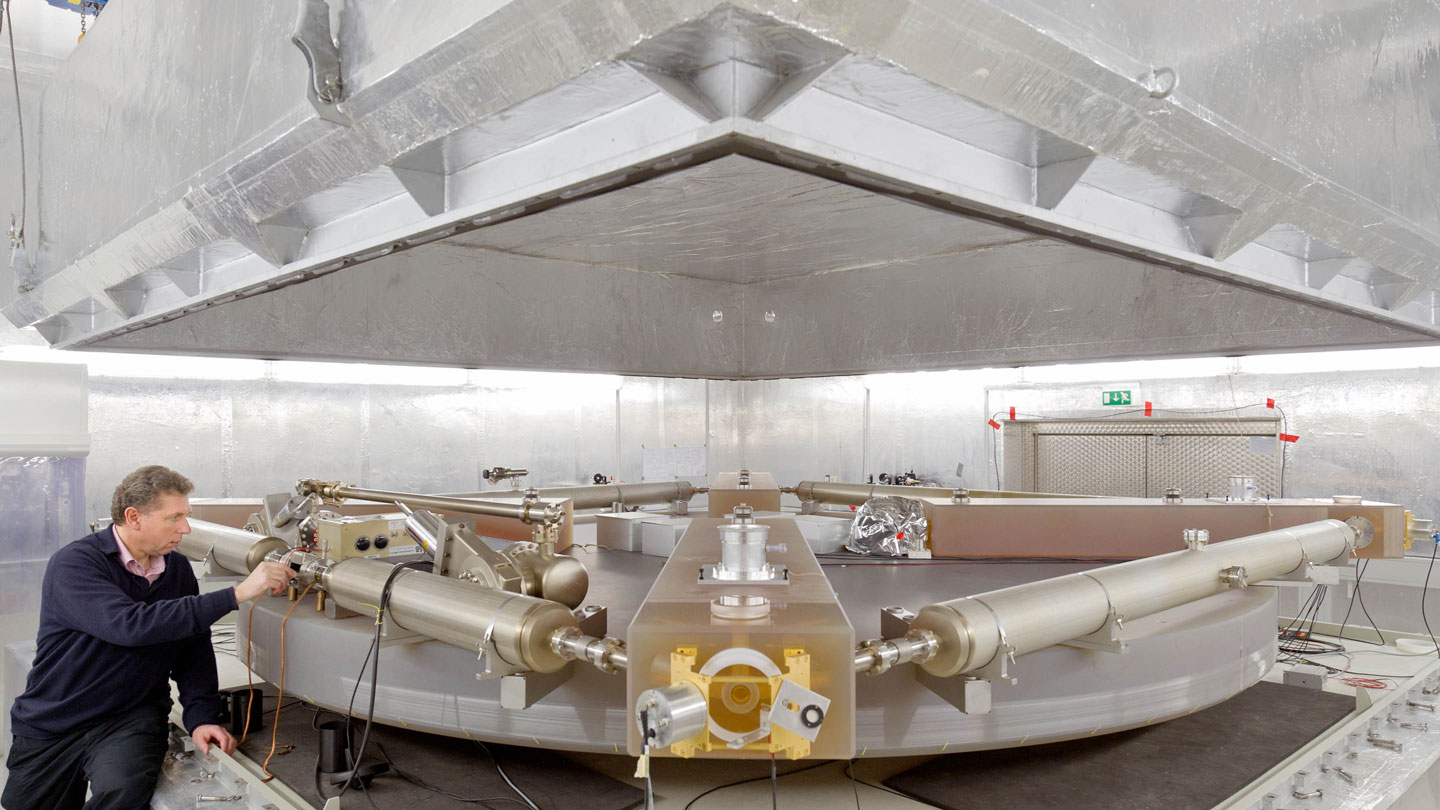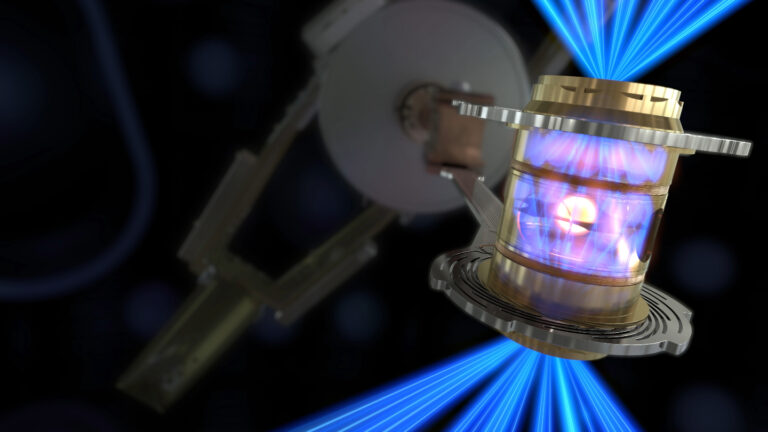Some days really are longer than others. And now scientists know by precisely how much.
Using a laser gyroscope, scientists have measured variations in Earth’s rotation rate smaller than a millionth of a percent. The technique could help scientists understand the complex flows of water and air that cause the tiniest of tweaks to the planet’s spin.
Earth’s rotation isn’t perfectly steady. The planet speeds up and slows down as it twirls, making a day slightly shorter or longer by several milliseconds. Many of those variations are well understood. For example, one such variation is caused by tidal forces, created by the gravitational pull of the moon and the sun, that deform the planet. Scientists know how to predict those effects on Earth’s rotation. But other variations, caused by the fluctuating flows of Earth’s atmosphere and waters, are more difficult to estimate.
The gyroscope, known as “G” and located at the Geodetic Observatory Wettzell in Germany, is designed to measure those tiny effects. It’s what’s called a ring laser gyroscope. Within it, laser beams travel around a square-shaped ring that is 4 meters on each side. One beam circulates clockwise while another goes counterclockwise. Beams aligned with the direction of Earth’s rotation have their wavelength stretched out, while those traveling against it shrink. When combined, the two beams at slightly different wavelengths create a “beat” signal, just as two slightly out-of-tune notes do. That beat reveals the rate of Earth’s rotation, allowing G to measure the length of a day to better than a millisecond, the researchers report September 18 in Nature Photonics.
Other methods for measuring the Earth’s rotation rate rely on outside references. For example, telescopes can use the locations of distant quasars — the bright cores of active galaxies — to determine how much Earth has rotated. But those techniques give results averaged over a day. G measures a rotation rate every few hours. And its measurements are made from an underground lab. No view of the outside world is needed, says physicist Ulrich Schreiber of the Technical University of Munich, “because a gyroscope measures rotation, absolute.” That is, it measures rotation not relative to some other reference but the rotation itself.
Scientists have previously measured Earth’s spin and tilt with other laser gyroscopes (SN: 7/17/20). But they haven’t measured the length of day to the high precision achieved by G. The gyroscope is also stable enough to operate for months on end, allowing researchers to tease out variations that occur on long timescales.
G’s capabilities are unique: “It is a measurement which was considered not possible with other detectors,” says physicist Angela Di Virgilio of the National Institute for Nuclear Physics in Pisa, Italy, who was not involved with the new study. “So it is good that they have obtained some results from this impressive instrument.”
Such measurements could help scientists refine their models of Earth’s air circulation and ocean currents. In the future, scientists hope to be able to measure even more elusive effects with improved ring laser gyroscopes. According to Albert Einstein’s general theory of relativity, a rotating planet drags spacetime along with it (SN: 1/30/20). Ring laser gyroscopes might one day sense the twists and turns of spacetime.















+ There are no comments
Add yours